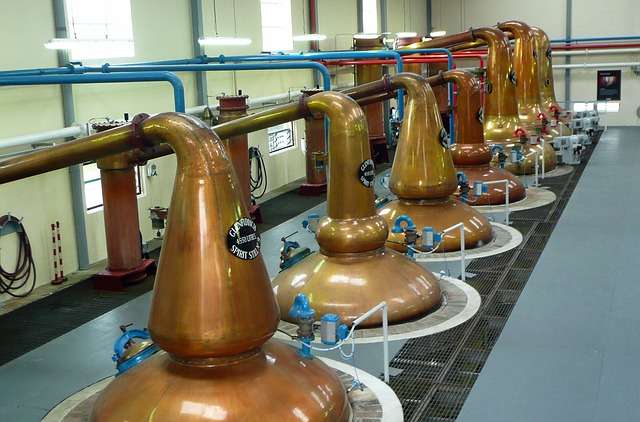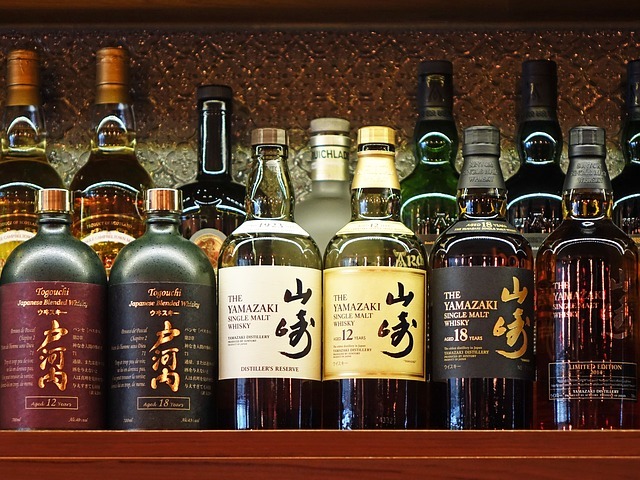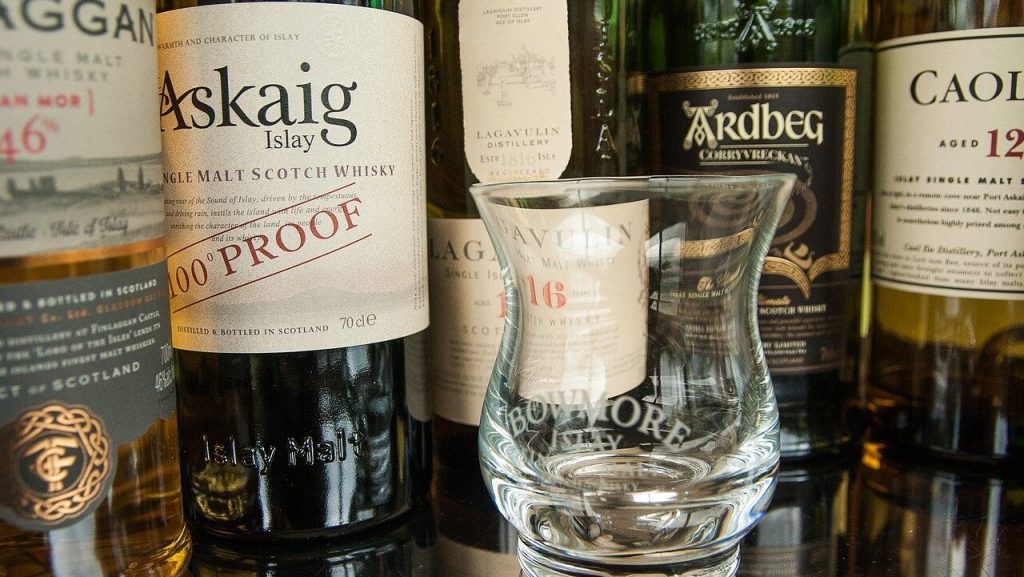The lure of single malt Scotch whisky sounds mystic and fascinating. Well it is and a journey some what. However let me start with something more commonplace which will add context and contrast to the subject.
Firstly there is nothing like a chilled glass of ice cold beer after a long day or during hot summers or while having a curry. It quenches your thirst and slowly brings you to a level of calmness. It’s the ideal beverage to wind down for the day. It works well drinking alone but much better with good company.
Journey of discovery
At you hit age 18, it is something that will be top of mind for a while as you are keen to find your limit consuming beer. It is to see if you are as good as your friends in holding your liquor. It will be a series of experiments until you figure it out. Your first beer brand will likely be that of your friends which inevitably means the brand that is popular in your home state.
Along the way you will try other brands, alcohol and maybe cocktails. A alcohol journey of discovery. But you will be back to beer, the most popular alcohol on Earth. The majority can’t be wrong as it does the job. The female gender on that other is least likely to consume beer. My guess is it’s due to historical association with masculinity and the size of the glass which is just too big.
So why did I cover beer in glowing terms when the title says the lure of single malt whisky?
Now for the Whisky
Well this is a different journey. Its starts much later in life and chances are it’s a personal choice with less influence from peers. There is the academic follow-up to find out more with research and conversions with like minded friends on a similar journey of discovery.
It’s a beverage that you are more likely to have at home, and by yourself. Over time, you would know when and on what occasions to have it as it needs little more reverence.
Whether one admits it or not, whisky has a range of influences that determines choice.
Influences such as history, the process involved, the status of people associated with it, the image you want to project. The manufacturers in turn have kept in step with the shape, design, colour of the bottle and packaging to project a certain image. A necessary investment for them.
Whisky types
By law there are 5 classifications of Scotch whiskies but I will cover the 2 broad types. Blended whisky and single malt. Blended whiskey outstrips single malt by over 80% in sales.
Your first guess is that it is more affordable. Yes it is, but blended whisky is also much more smoother and easier on the palate. It’s no surprise that manufacturers continue their focus on blended whisky, particularly those owned by major conglomerates where revenue is at the very top as opposed to craftsmanship.
Blended whisky may involve whisky from more than one distillery and may include other grains added to malted barley. Blending is done to improve taste, no sharp edges and no overpowering flavours or smell, hence its popularity.
Single malt is all barley and from one single distillery. Each of them have significant differences in flavour and taste unlike the blends. Key attributes are the source of water, the malt process, the peat used for firing etc.
An acquired taste
Single malt is an acquired taste. Once you picked a particular brand after a few experiments and research, you are likely to stay with it and may I suggest forever. It’s the one that you keep in your cabinet for yourself. The exception is a fellow connoisseur or someone who is keen to sample something different and good.
I remember a regrettable occasion when I was new to single malt and brought out my bottle for a gathering of friends. They finished it within 30 minutes. It was just alcohol for them.
I also learnt not to push single malt or particular brand to a regular whisky drinker who knows what he wants. Many treasure their blended version even after trying single malt. It is personal.

Heritage and UK laws govern the production of whisky in Scotland and for a good reason. It is 5 centuries of investment and the need to protect it. Protection includes names, locations, production processes, the type of barrels to labelling. Its generates roughly AUD 7 billion dollars in exports per year for Scotland. It also brings in valuable tourism revenue as people from all over the World make their way to these distilleries for tours.
Regions make a difference
Of the 5 regions, Speyside and Islay stand out for me. Islay in particular because of its peaty and smoky flavour. You can tell an Islay whisky straight away. Nearly all the popular single malts come from these 2 regions. The stand-out exception is Talisker which comes from the Highlands. Mind you there are some more gems out there that I have yet to try or have become the reserve of the landed gentry and exclusive.
To me the stand-outs are Lagavulin (Islay), Macallan (Speyside), Ardbeg (Islay), Laphroaig (Islay), Glenfiddich (Speyside) and Talisker (Highlands). Bear in mind these are all more available around the World so more people try them.
Whisky tasting
This was not planned but is now a regular feature of our circle of friends gatherings. It started with someone receiving a bottle of expensive single malt but being a wine nut, he offered it to the gathering. All the guys had a go and views shared. Now it is something we all look forward to – someone bringing along a single malt for others to taste test. Interestingly besides Scotch, Japanese single malts are in there in the mix and holding their own. Even more interesting is that the ladies are in it as well.

Now days when I head to Dan Murphy’s I can’t help but notice that Mrs Falcon paying attention to the single malts as well as the wines. Talking about lure of single malt whisky.
What a find?
I have my favorite and have stuck with it since. It was an indirect recommendation that came not from a whisky drinker but a retired airline executive. He mentioned the trouble his airline took to select the best single malts in the World. They used a panel of experts from around the World and this particular single malt was ranked first. It was for their first class passengers selection. He was giving an example why his former airline was highly regarded by its customers.
The next day I picked out a bottle. Bear in mind that I was not looking for a recommendation and I was not a whisky drinker then. I was just curious to find out what the fuss was all about. The experts were not wrong. That was my first single malt. Boy, was I snared. In fact the discussion with the retired airline executive was on the business of aviation, not food and beverage.
The way I take it
Though I tried other single malts, my first is still my preference. I like that it is peaty and smoky, the signature of of Islay. The taste is earthy and resonates with me as an environmentalist ( a wonder excuse! ).
It is perfect for solitude and reading of a good book. Winters in front of the fire is ideal. Thankfully Adelaide has decent winters where night temperature occasionally drops to a single digit, the right ambience.

Next is the glass and I tried it a few, a short glass or tumbler with a heavy bottom works the best. Goes to the show that you can’t underrate consensus, achieved over time and by the majority.
I add water and a few ice cubes. It is late night and quiet. The book is ready. The silence sometimes broken by possums running along the fence line or the gully winds making their way ferociously up the hills.
It is sipped with long breaks in between. With every sip, it hits the nose first before the tongue. It allows your senses time to take it all in. The earthy taste grounds you the surroundings.
And it has to be Saturday with no work the next day. That is the Lure of Single Malt Whisky.
